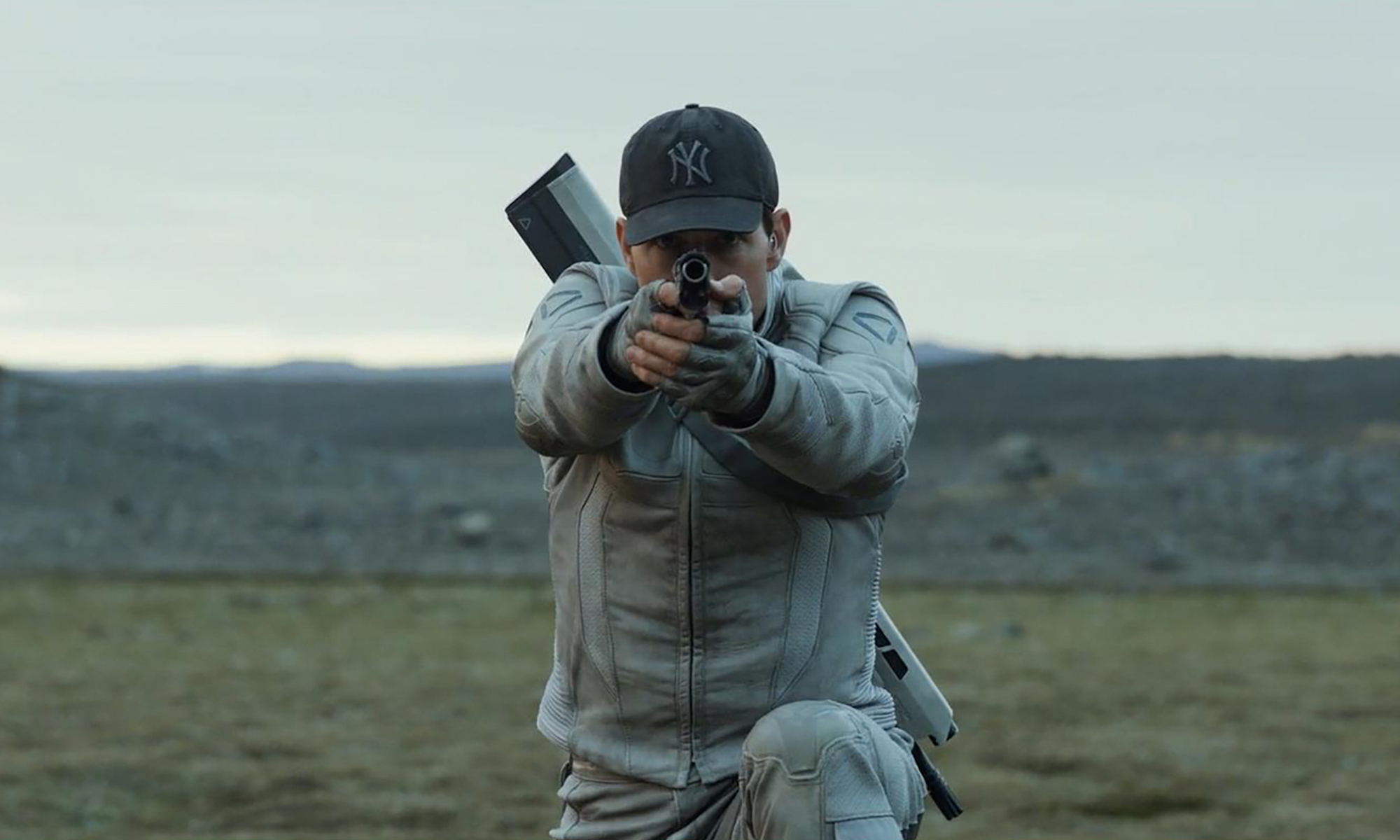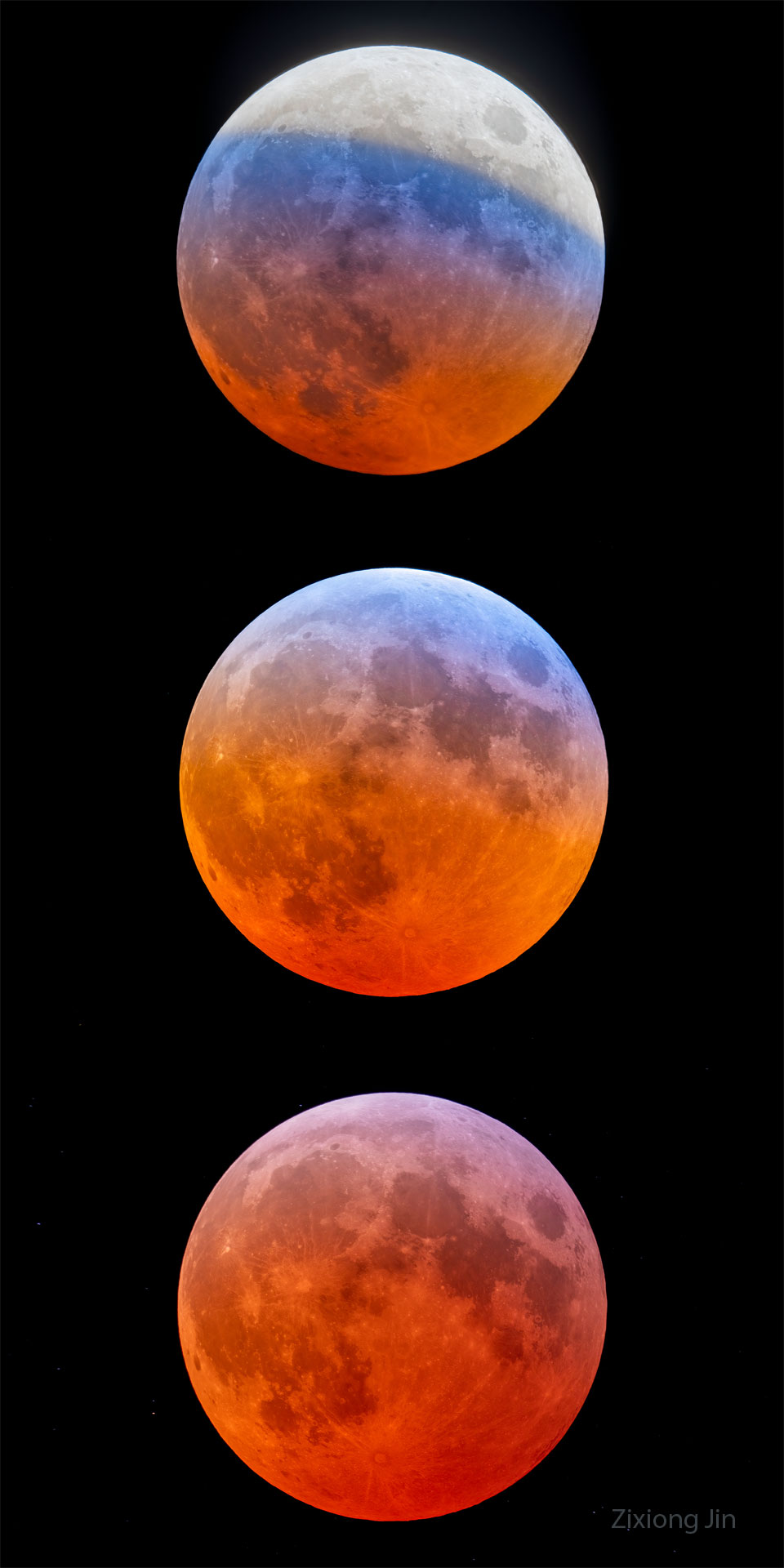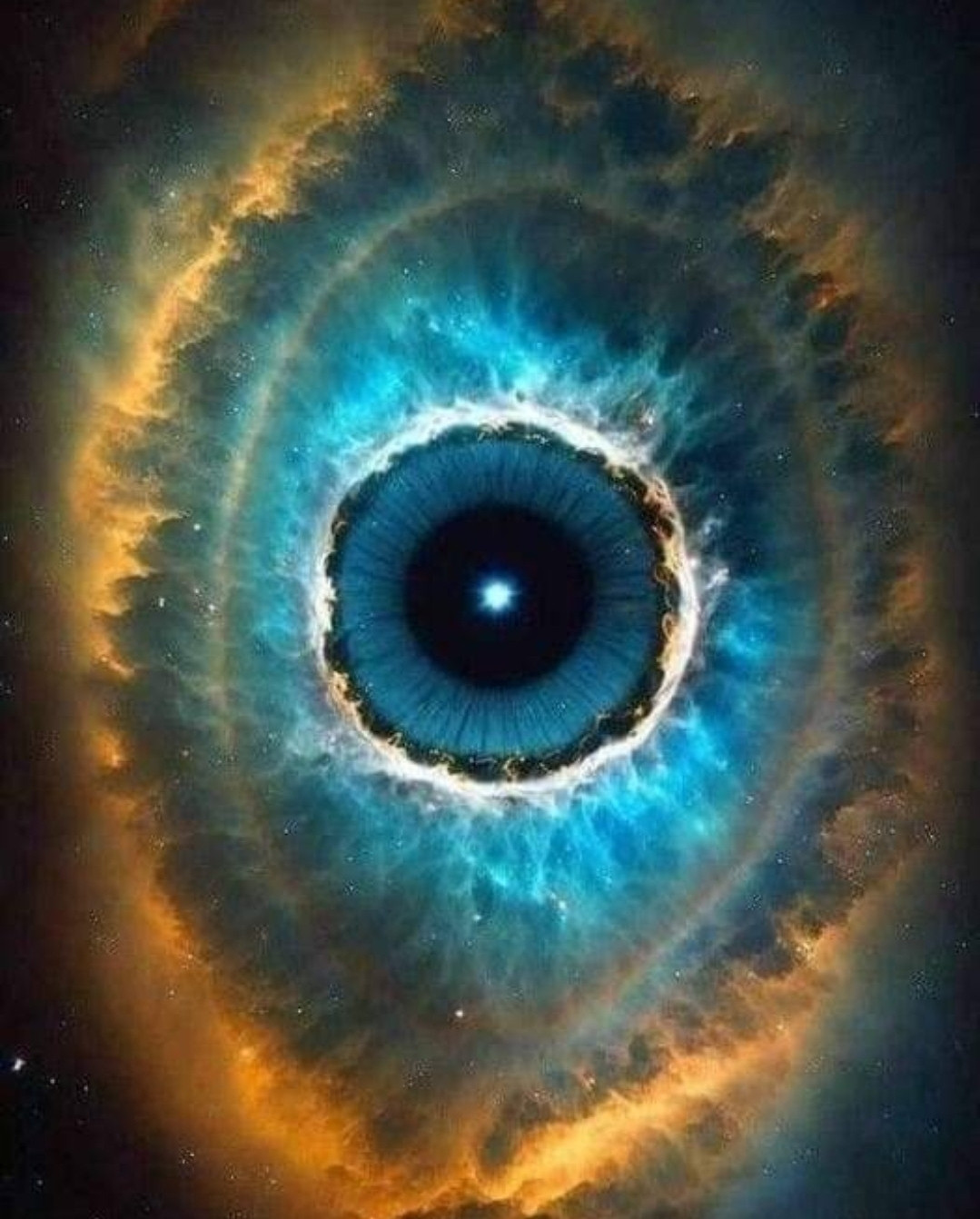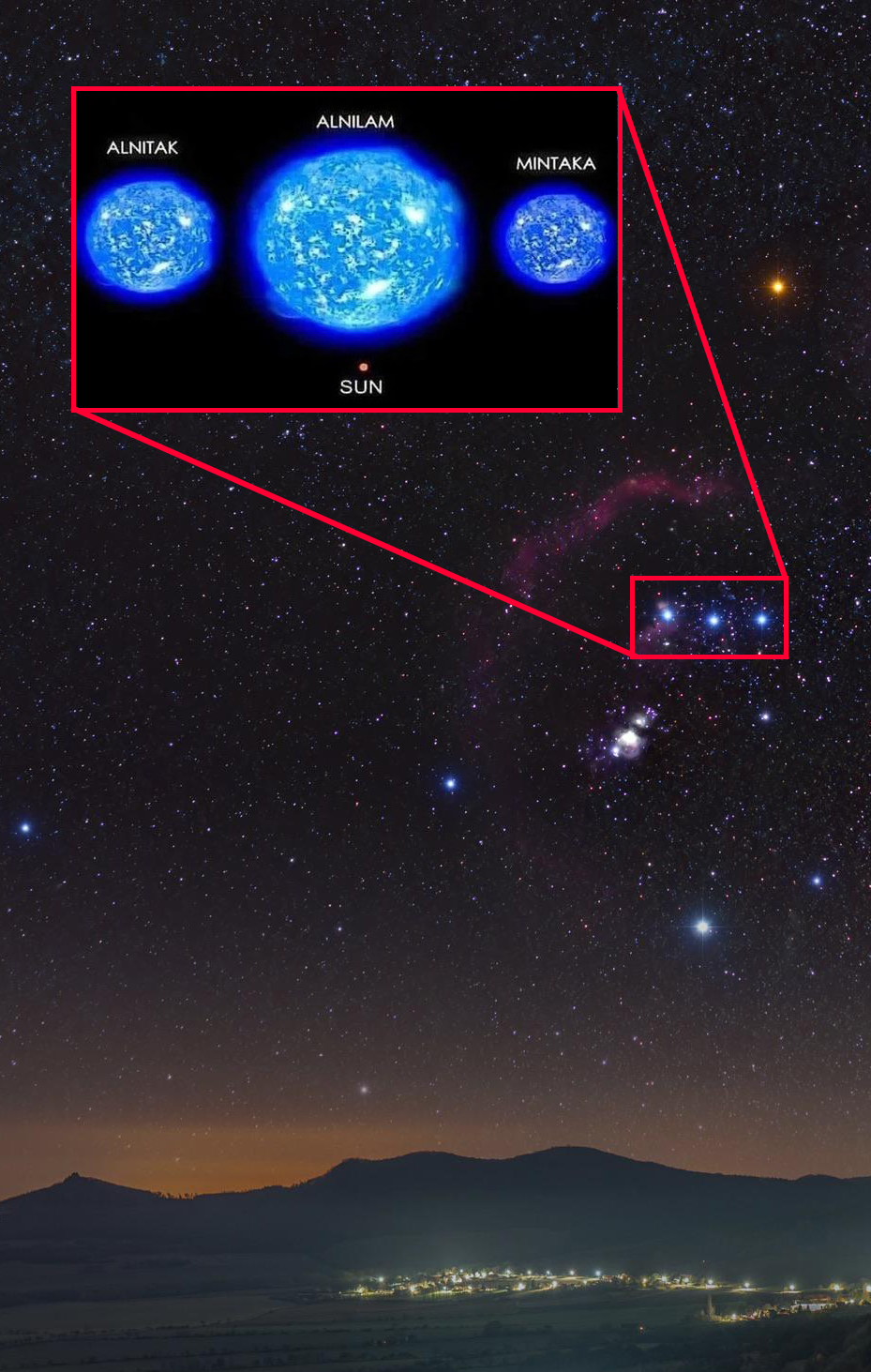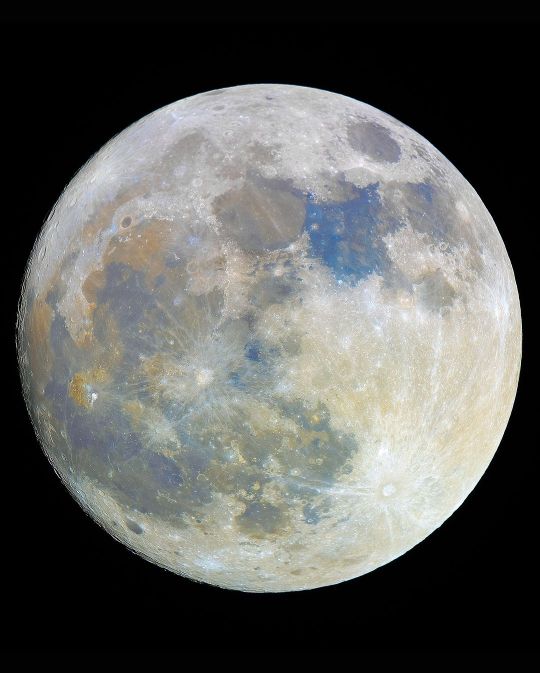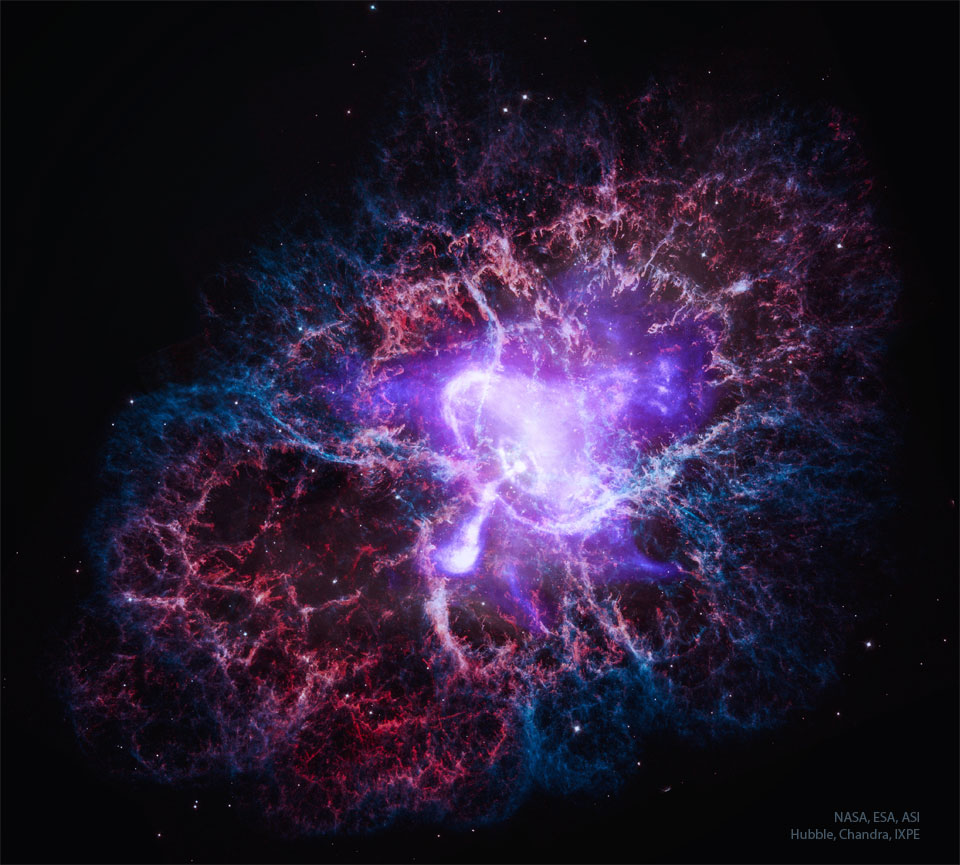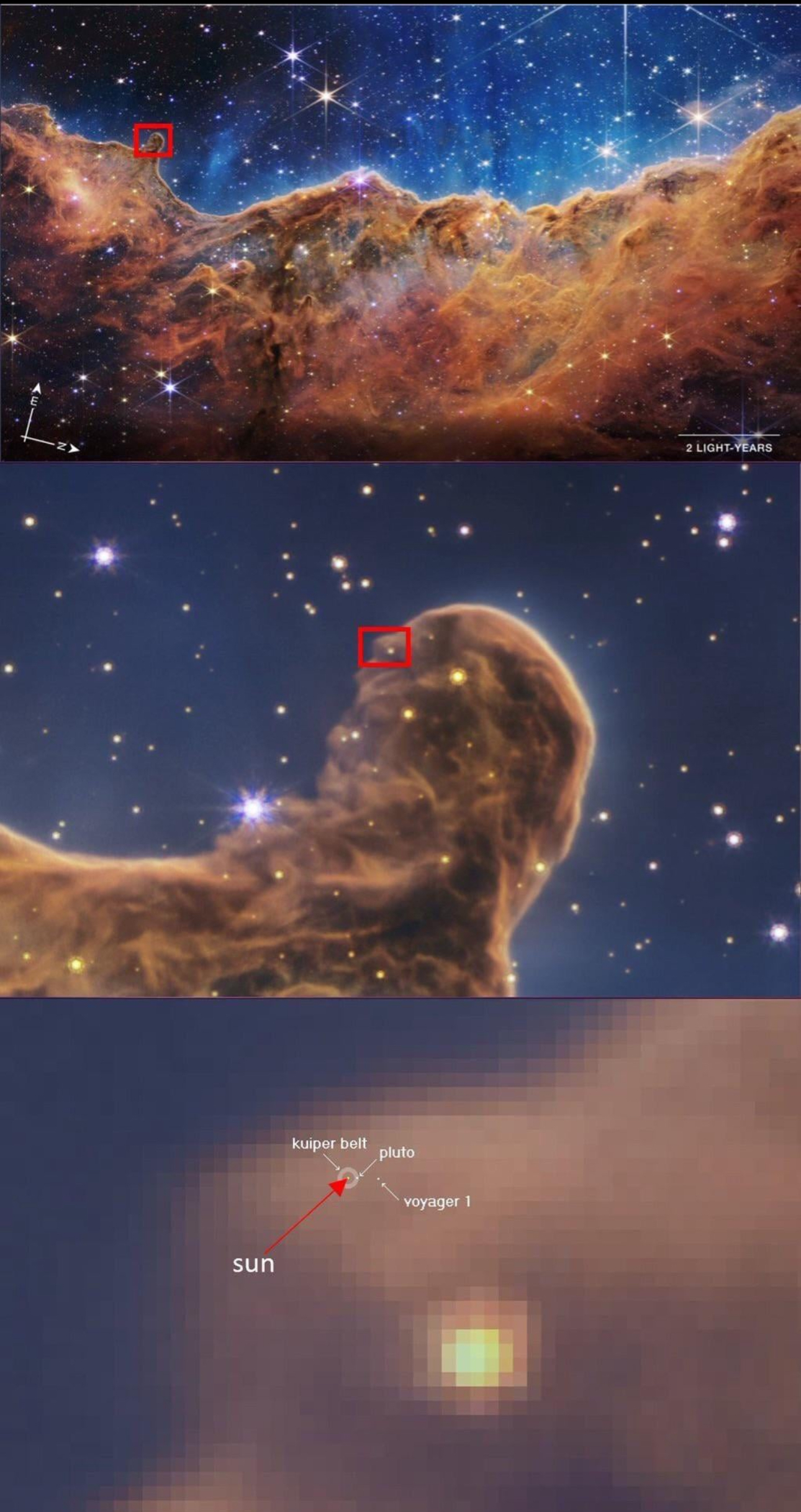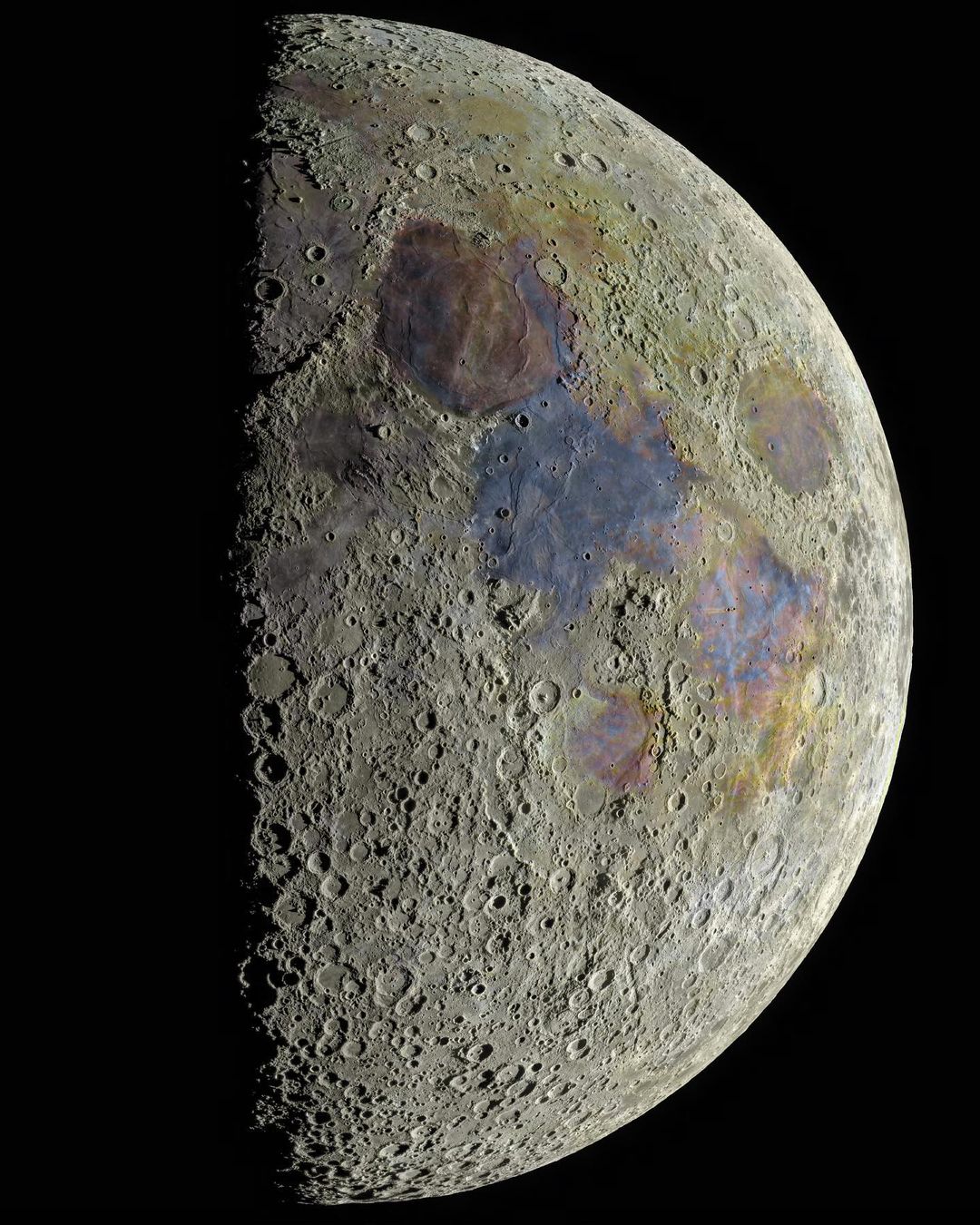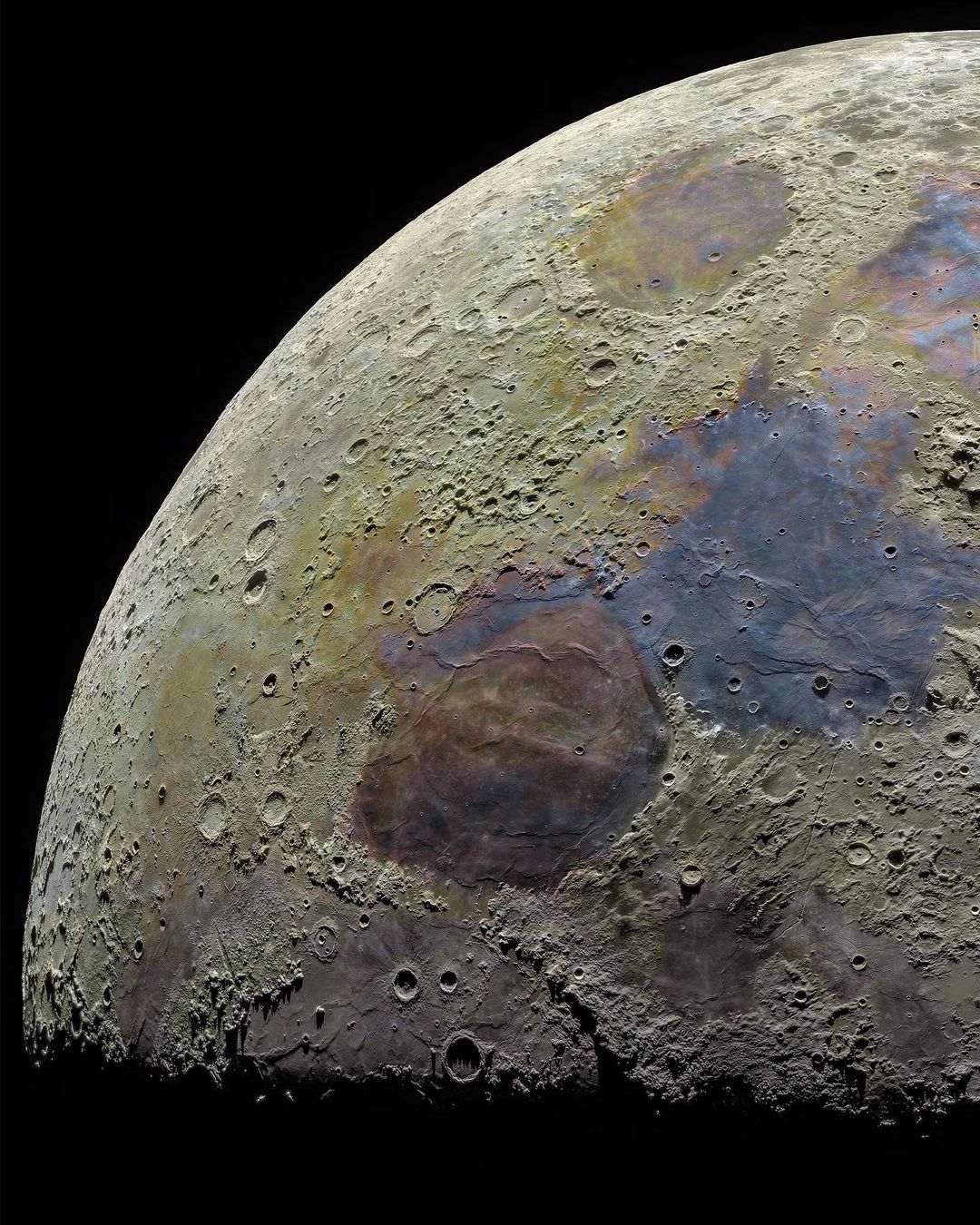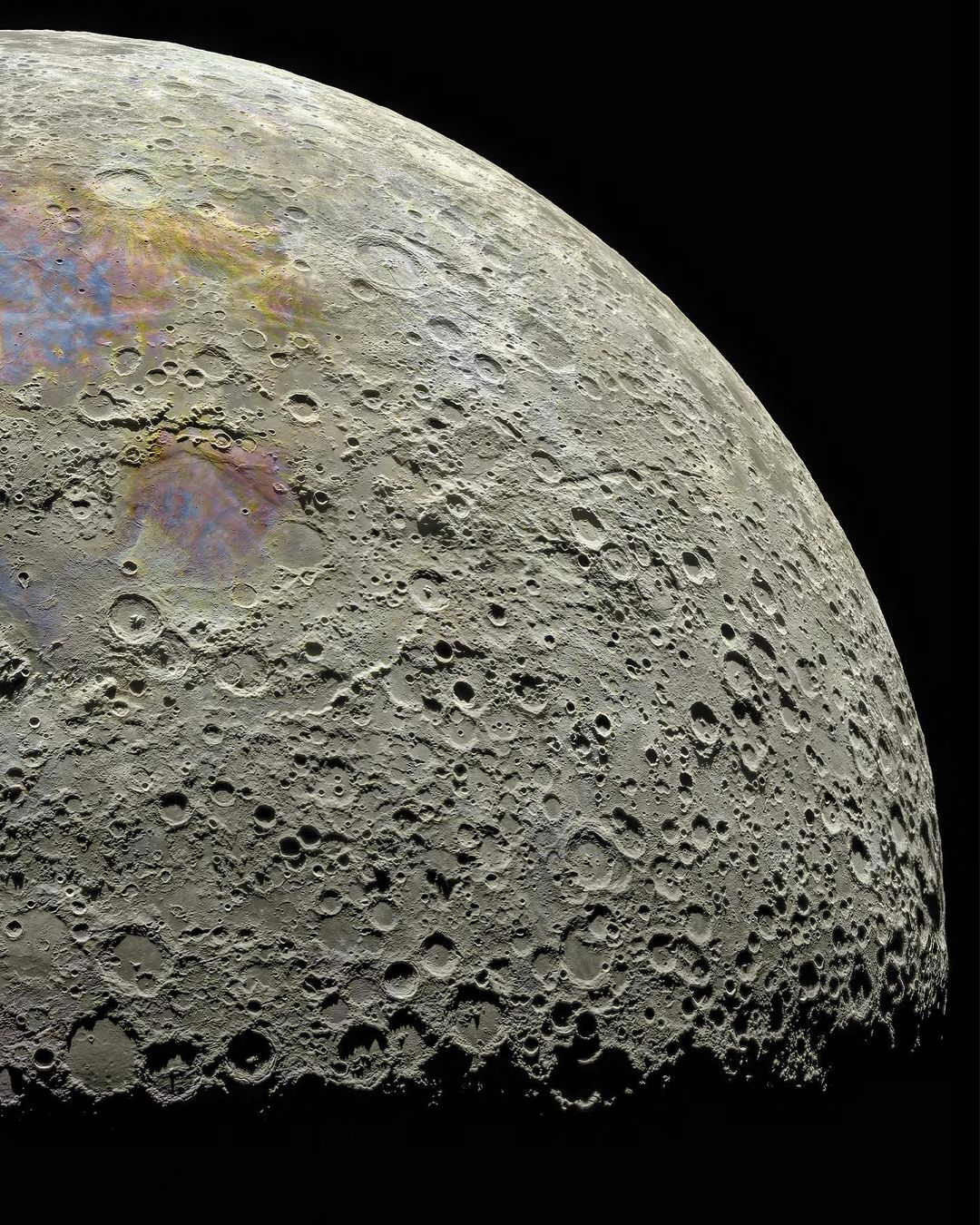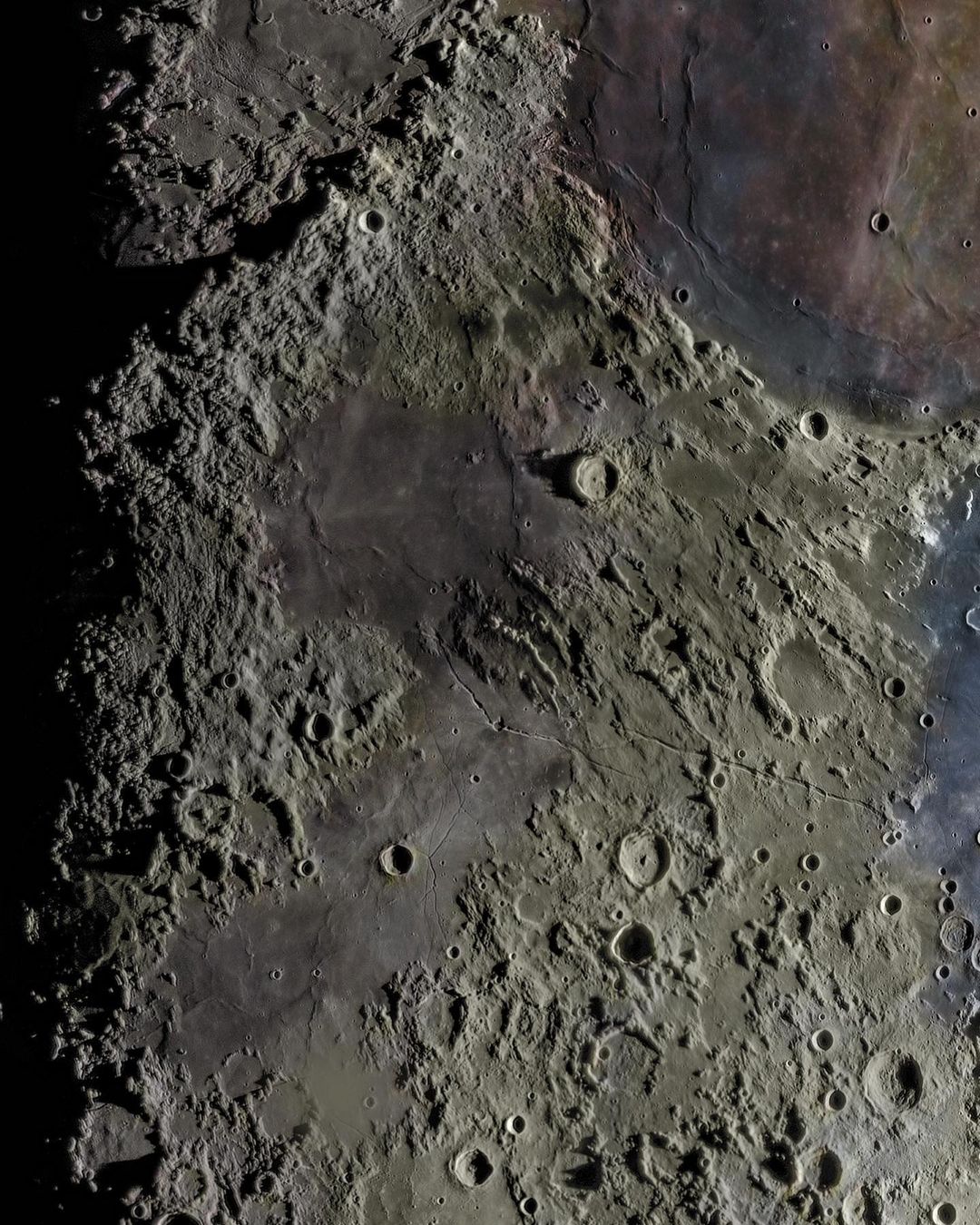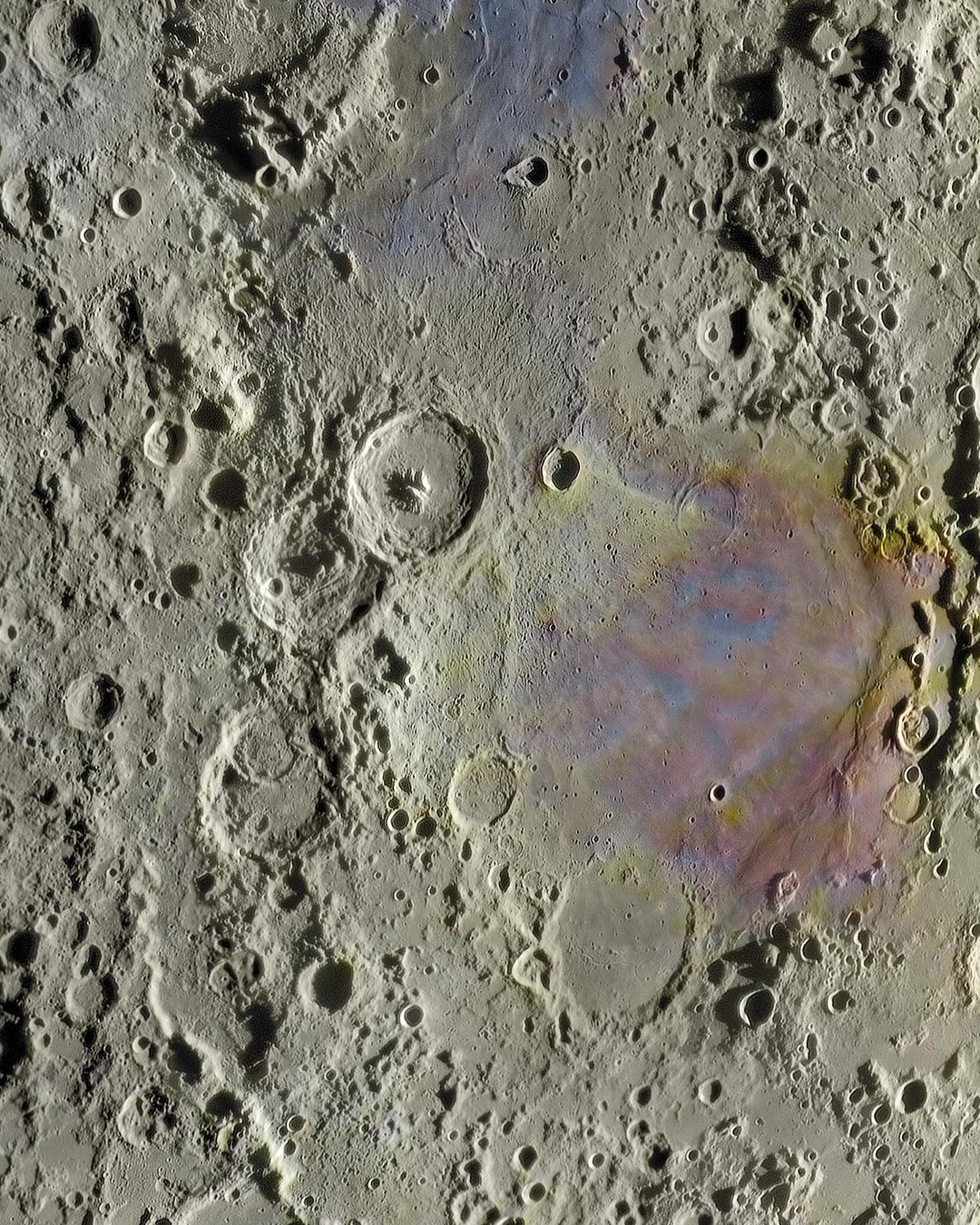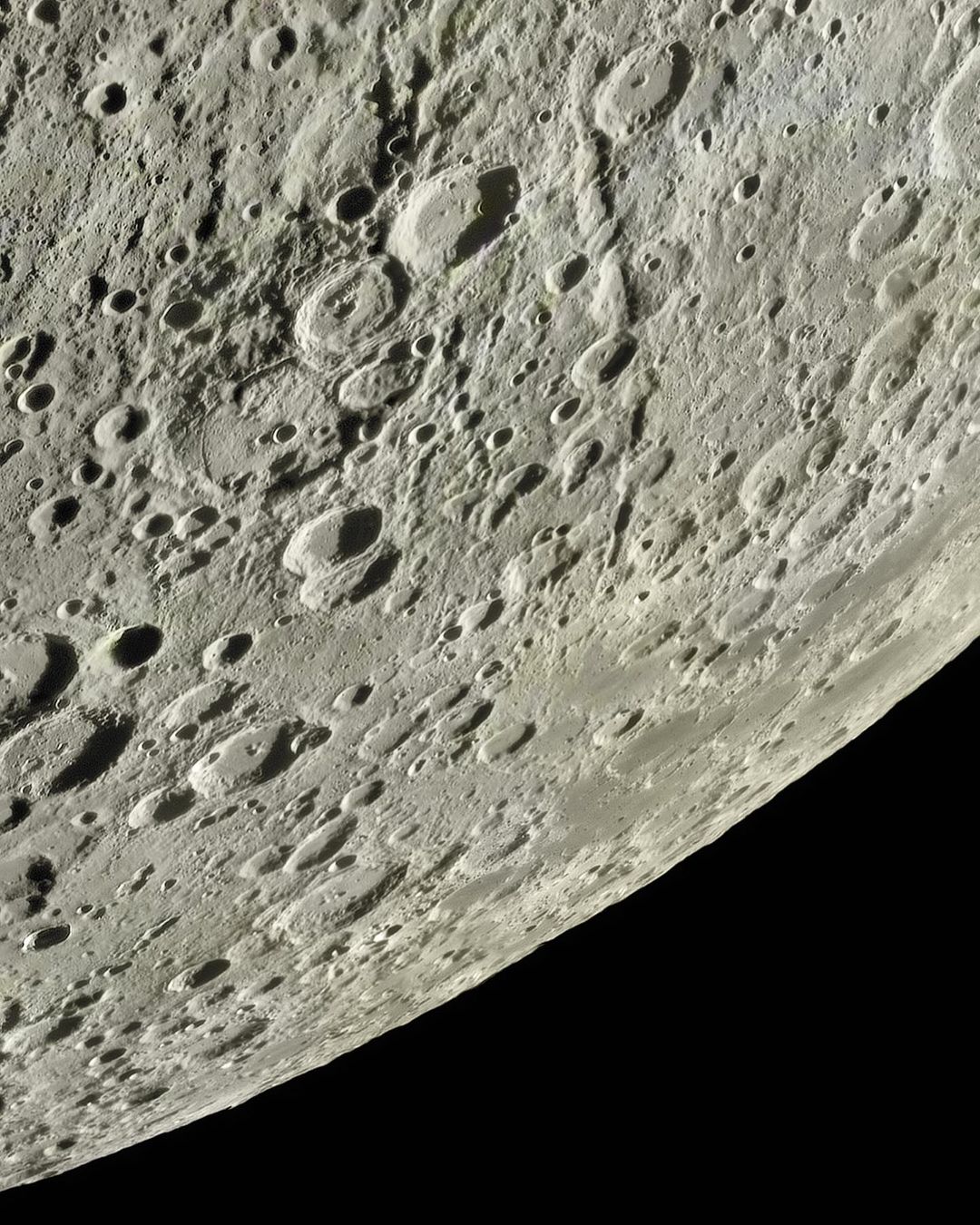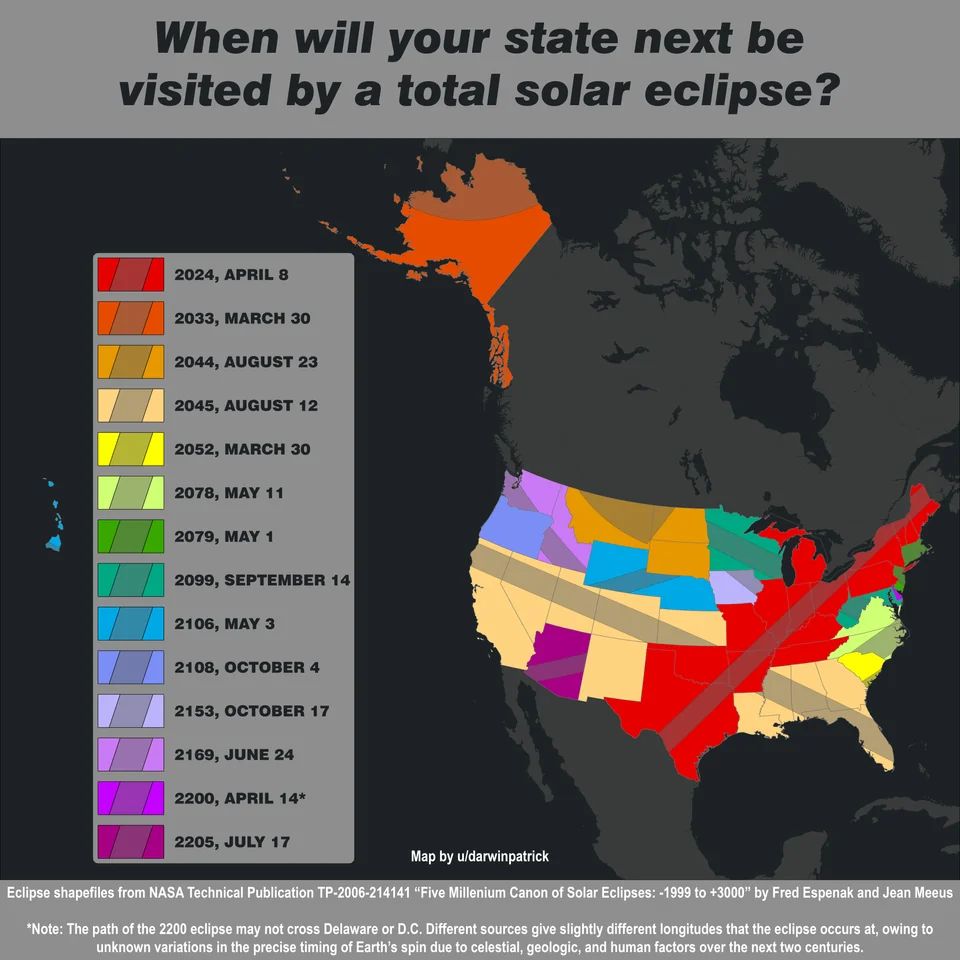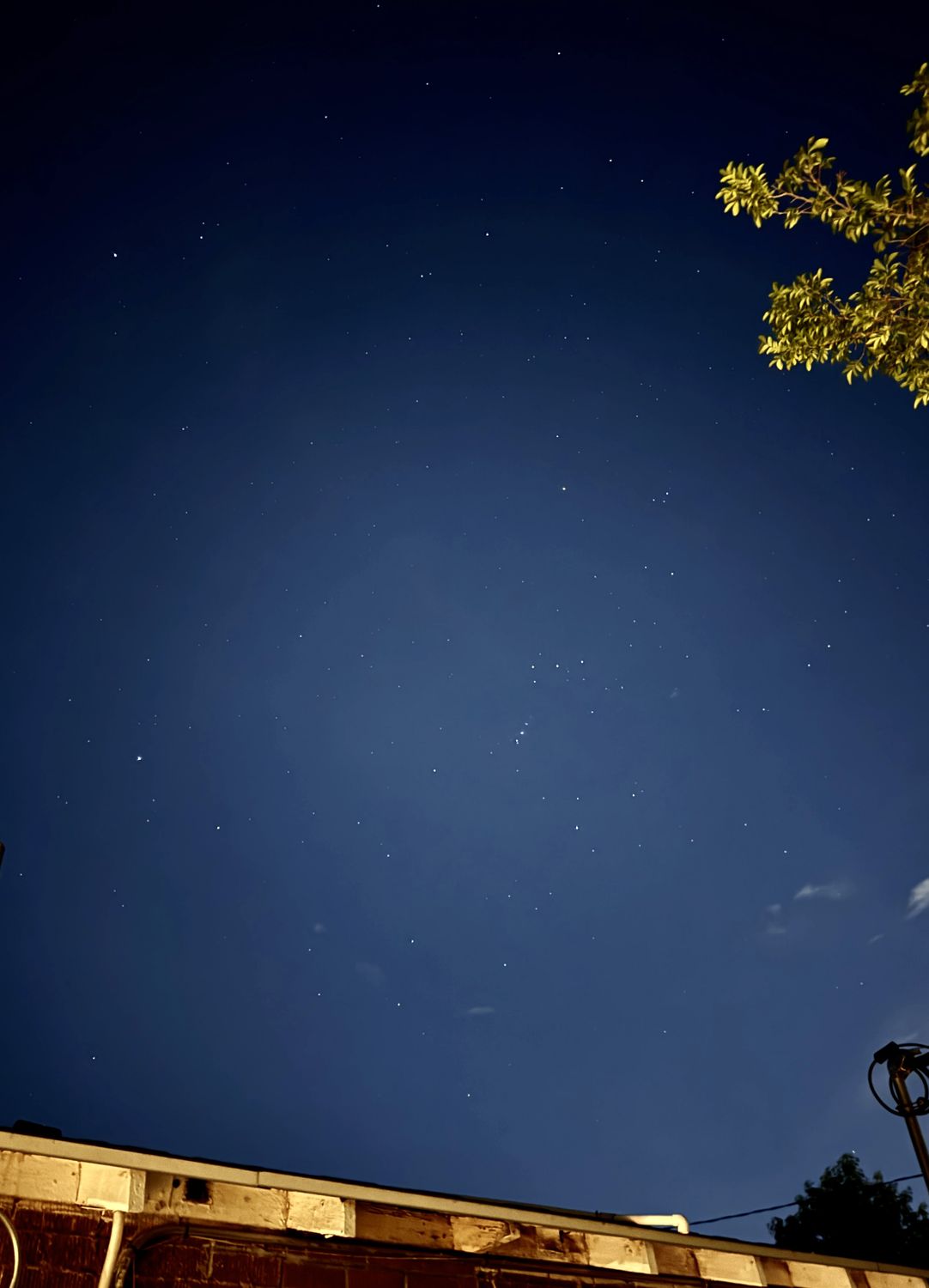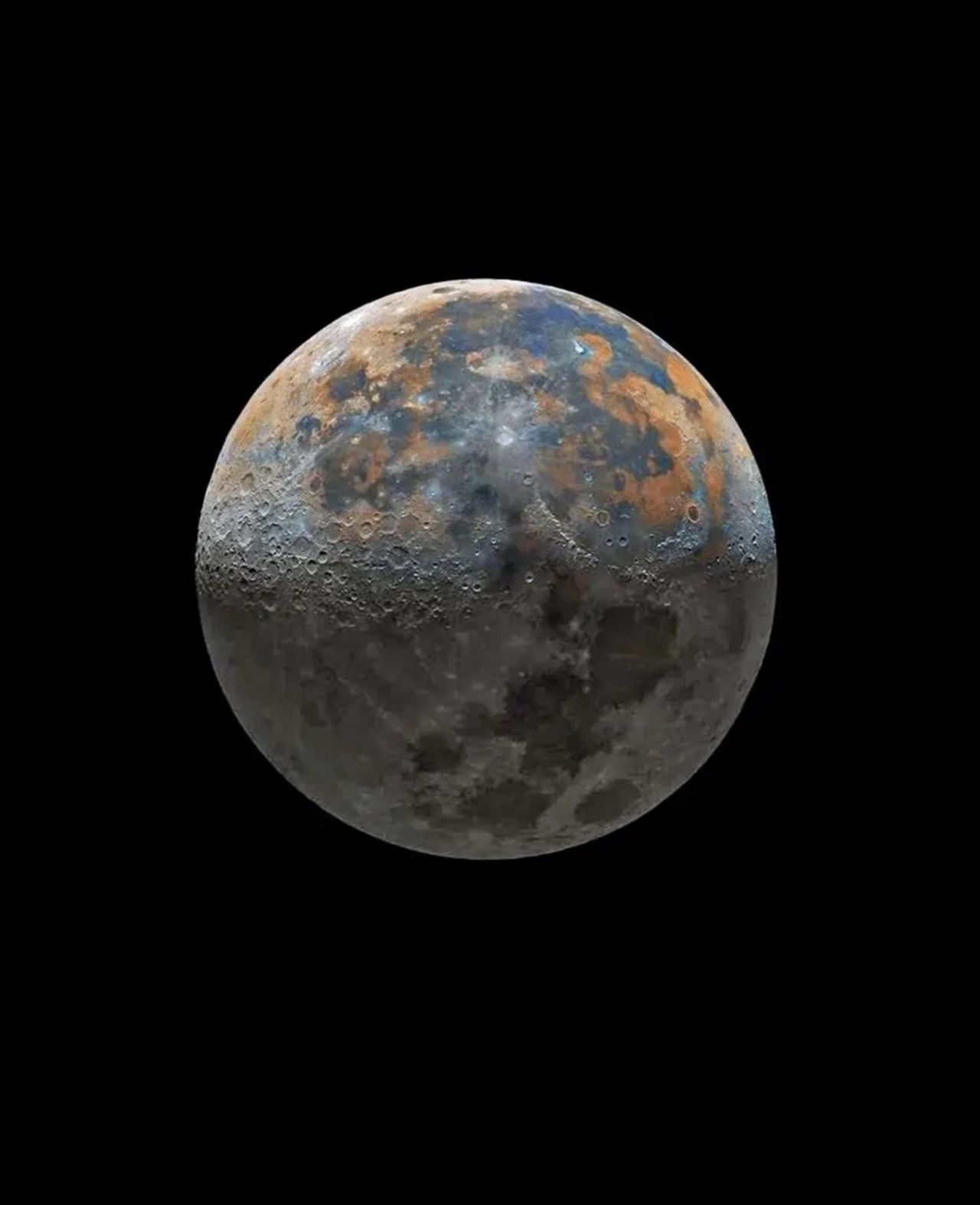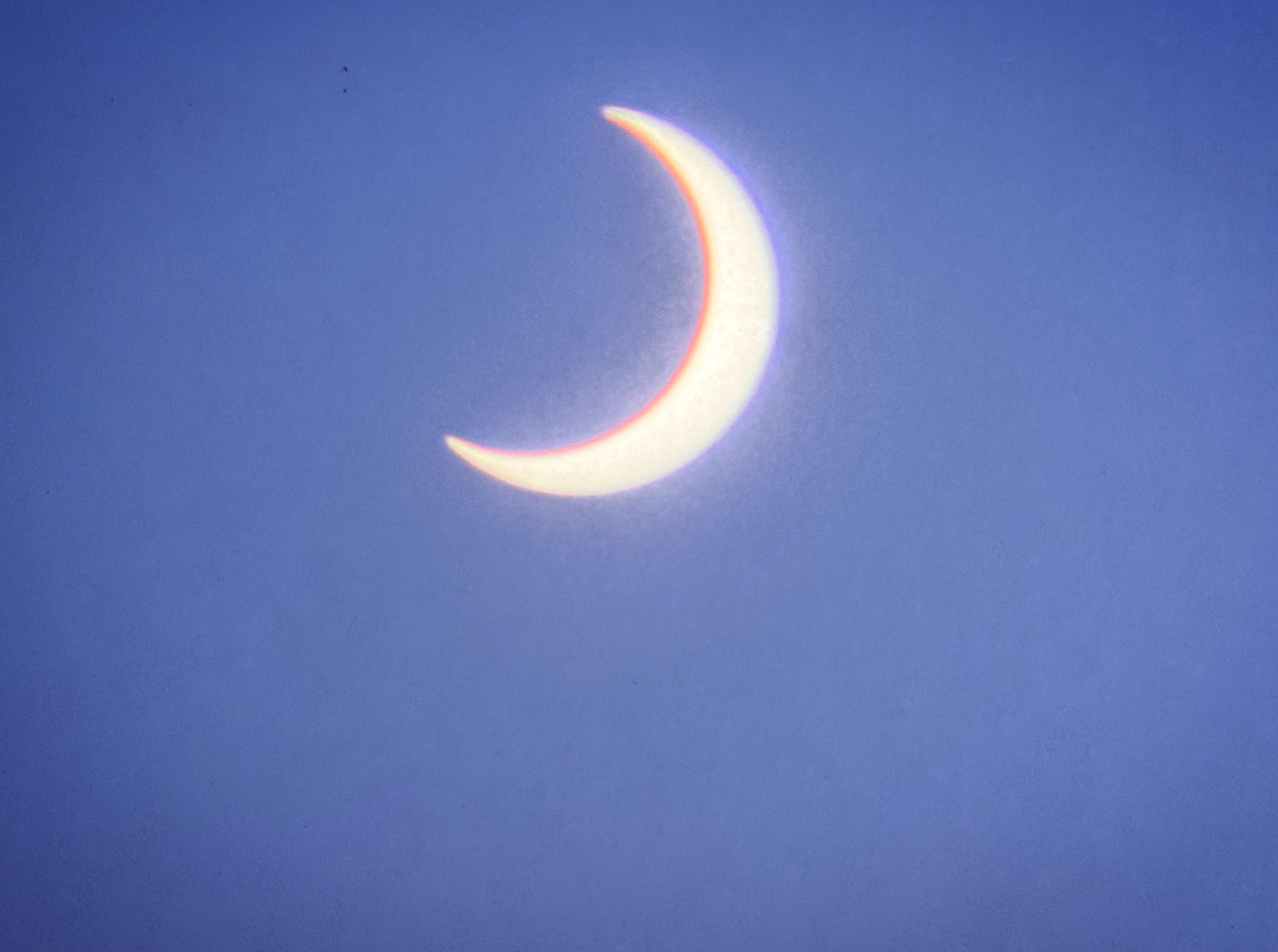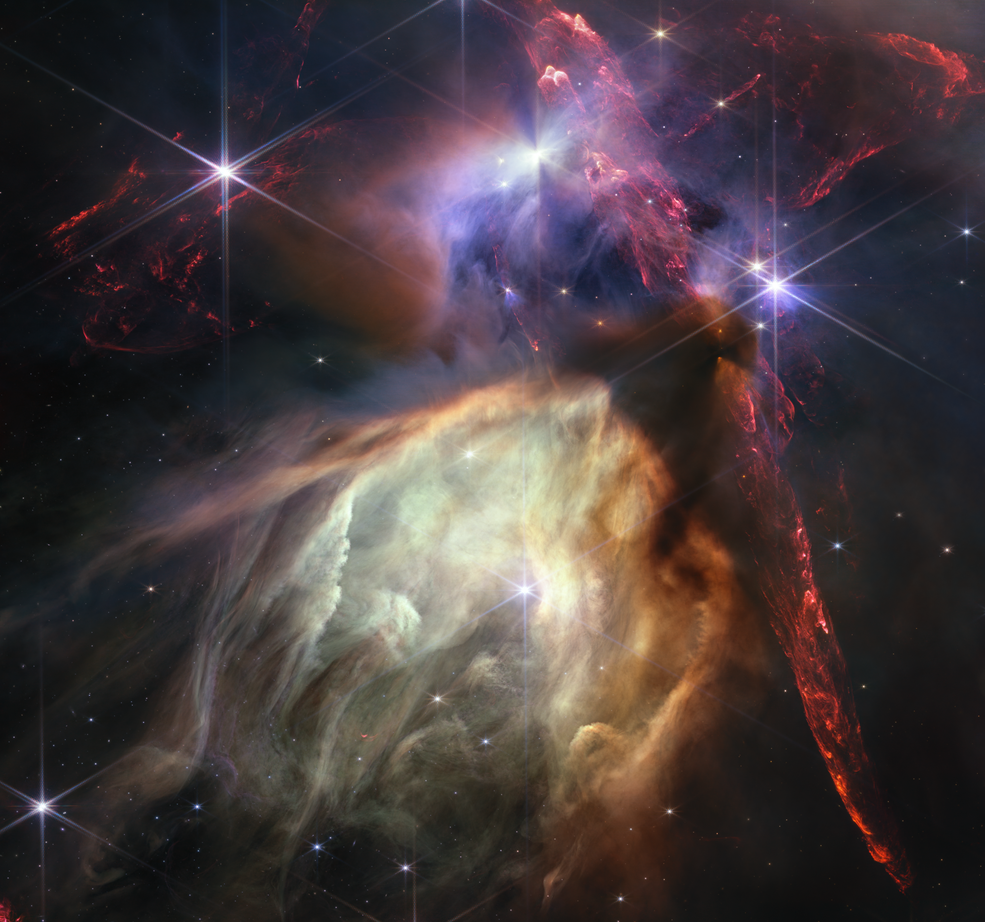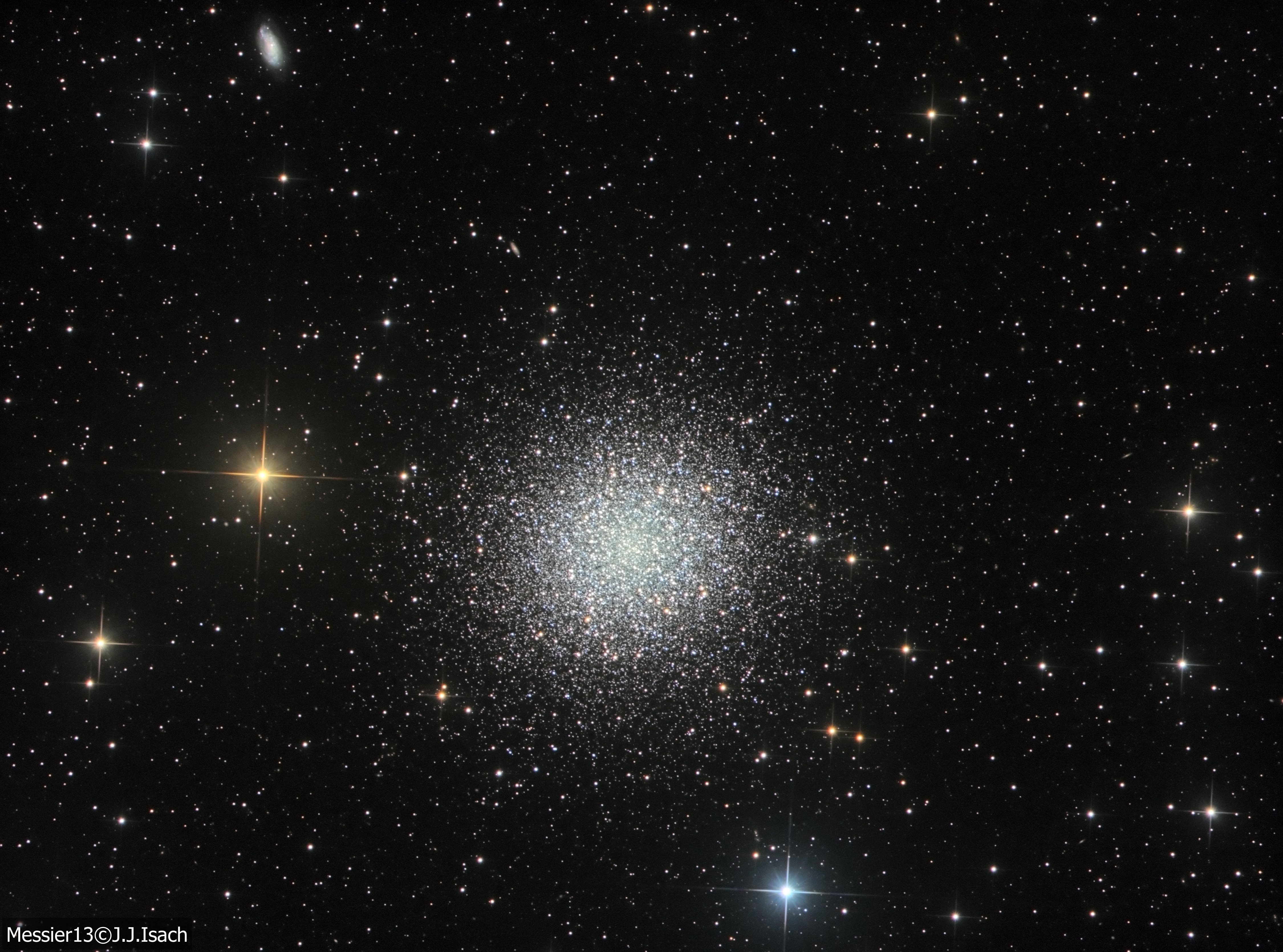A Blue Banded Blood Moon
Image Credit & Copyright: Zixiong Jin
What causes a blue band to cross the Moon during a lunar eclipse? The blue band is real but usually quite hard to see. The featured HDR image of last week's lunar eclipse, however — taken from Norman, Oklahoma (USA) — has been digitally processed to exaggerate the colors. The gray color on the upper right of the top lunar image is the Moon's natural color, directly illuminated by sunlight. The lower parts of the Moon on all three images are not directly lit by the Sun since it is being eclipsed — it is in the Earth's shadow. It is faintly lit, though, by sunlight that has passed deep through Earth's atmosphere. This part of the Moon is red — and called a blood Moon — for the same reason that Earth's sunsets are red: because air scatters away more blue light than red. The unusual purple-blue band visible on the upper right of the top and middle images is different — its color is augmented by sunlight that has passed high through Earth's atmosphere, where red light is better absorbed by ozone than blue.
[source]
